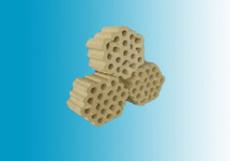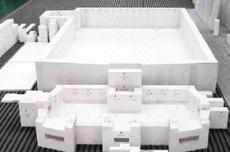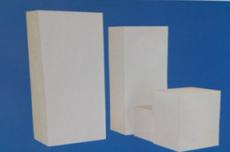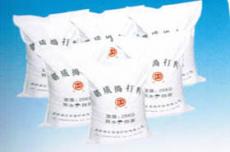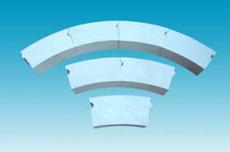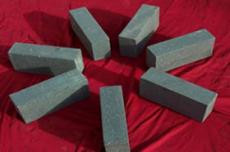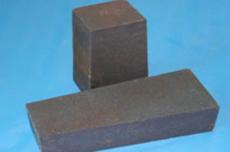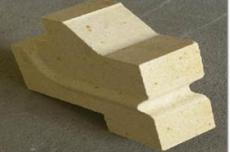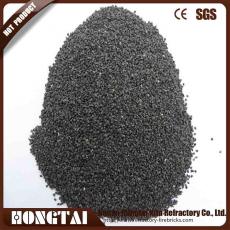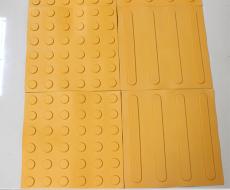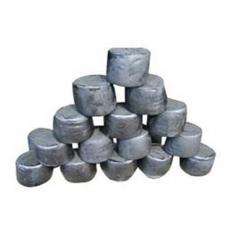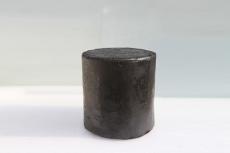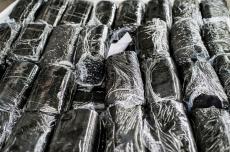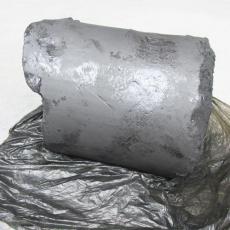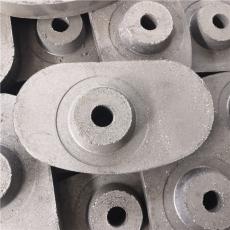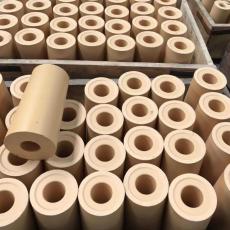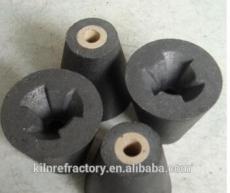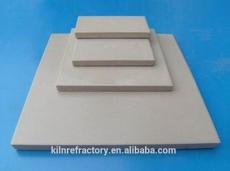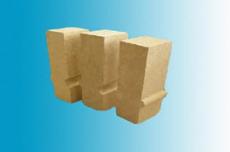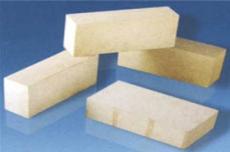
With the increase of waste plastics and other high calorific value components in garbage, the calorific value of garbage will continue to increase, and with the adoption of low excess coefficient combustion technology, the temperature in the furnace exceeds 1000°C, the amount of low melting point substances in the ash and slag increases, and there is a lot of corrosion in the flue gas. Due to the harmful HC1 and SOx gas components, the atmosphere in the furnace will also continuously change between the oxidizing atmosphere and the reducing atmosphere, further deteriorating the use environment of refractory bricks and castables in the combustion chamber.
01 grate stove
In a grate furnace, the flue gas temperature is usually the highest in the combustion chamber, but there are also large temperature differences in different parts. For example, there is a temperature difference of several hundred degrees between the main combustion zone where high-temperature flames exist and the burnout zone where the slag gradually cools. On both sides of the main combustion zone, the high-temperature burning and constantly moving garbage layer is in contact with the refractory layer. The low-melting-point slag will melt and adhere to the surface of the refractory layer, eroding the refractory layer. At the same time, the moving garbage layer will cause damage to the refractory layer. friction. This part requires refractory materials with high strength, which are not only wear-resistant and corrosion-resistant, but also resistant to slag erosion. The side wall of the burnout section can be made of ordinary clay refractory materials.
For the parts where the side walls may come into contact with the garbage layer, refractory materials containing more than 85% SiC are usually used in the main combustion zone where high-temperature flames exist. Refractory materials containing about 40% SiC are usually used in other parts where high-temperature flames do not exist. SiC refractory materials have high strength, good wear resistance, thermal shock resistance and thermal conductivity. For other parts of the combustion chamber, materials with appropriate refractoriness are usually selected based on the temperature distribution in the furnace.
Although SiC materials with more than 85% SiC are used in the main combustion zone, when the temperature in the furnace exceeds 1000°C, a large amount of slag will sinter and adhere to the walls on both sides, which will continue to melt and grow at high temperatures. In severe cases, it will affect the normal movement of the grate and the furnace must be shut down for cleaning. . Moreover, high temperatures above 800°C oxidize SiC materials, reduce corrosion resistance, and seriously reduce service life. Therefore, the side walls of the main combustion area of the grate furnace are usually designed as air-cooling structures. The surface temperature of the refractory working layer is kept below 800°C through air cooling, which can effectively extend the service life of the refractory layer.
02Fluidized bed incinerator
In a fluidized bed incinerator, the dense phase zone in the lower part of the furnace is scoured and vibrated by the movement of a large number of bed material particles, requiring the working layer refractory material to have higher wear resistance and strength, and at the same time have good resistance to the bed material. The performance of corrosive gas intrusion in the layer. High-aluminum wear-resistant castables with refractoriness above 1100°C and wear resistance of ≤6cm3 according to ASTMO704 specifications are usually used.
03Rotary incinerator
In a rotary kiln incinerator, the garbage in the brick kiln rotates with the rotary kiln and is constantly turned and thrown away, and the temperature of the refractory layer continuously changes accordingly. Therefore, materials with good wear resistance and thermal shock resistance are required, and high-aluminum materials are generally used. Wear-resistant castables can also use high-alumina refractory bricks and SiC refractory bricks.
When a boiler water wall is arranged in the combustion chamber, refractory materials must be laid on the surface of the water wall to protect the water wall tubes. Clay refractory materials are usually used. When the temperature in the furnace is high, SiC materials with better thermal conductivity can be used.
The thickness of the refractory material in the combustion chamber is usually 100~150mm, and the thickness of the water cooling wall surface is 80~100mm.
